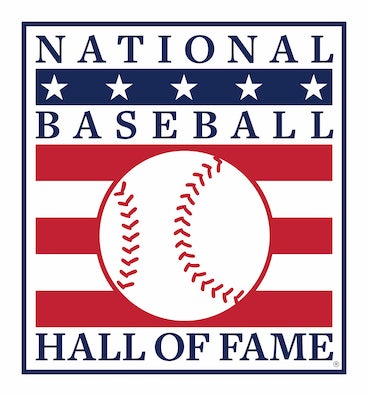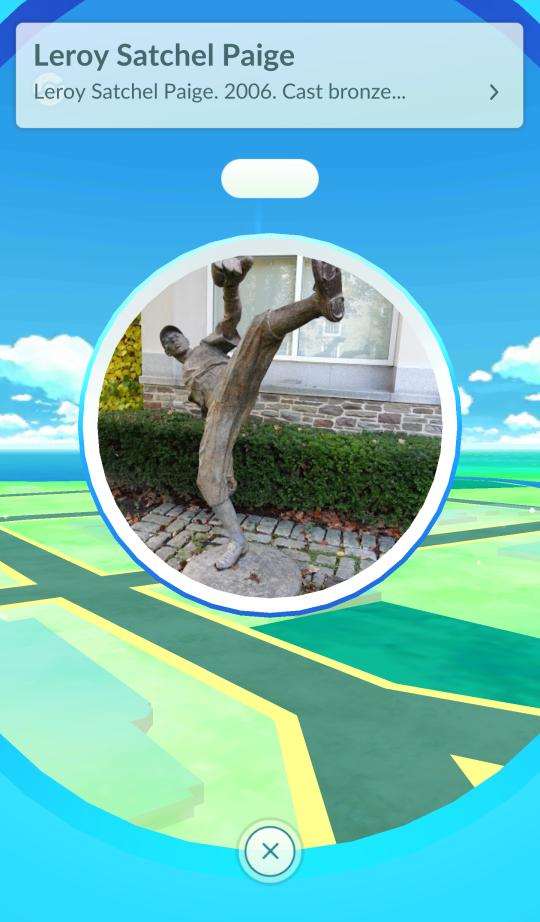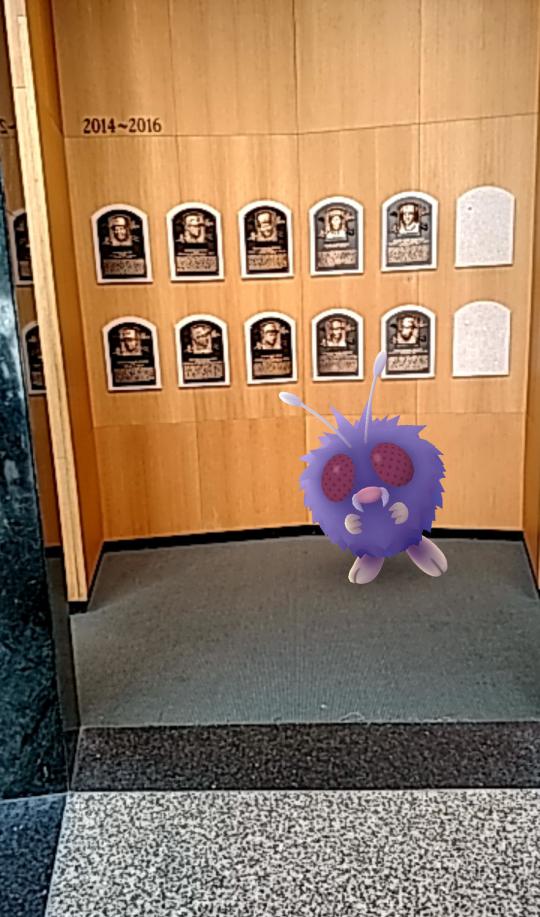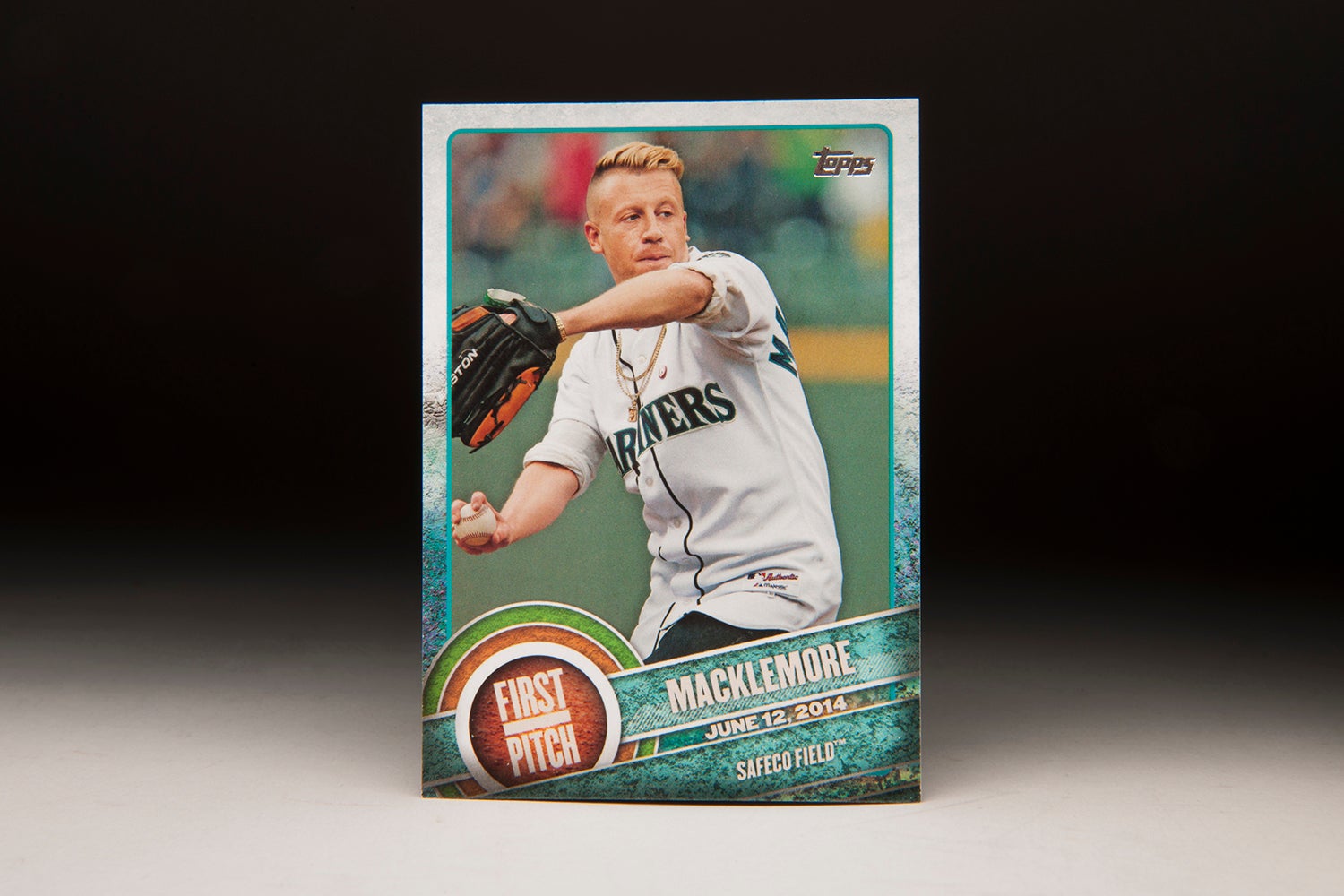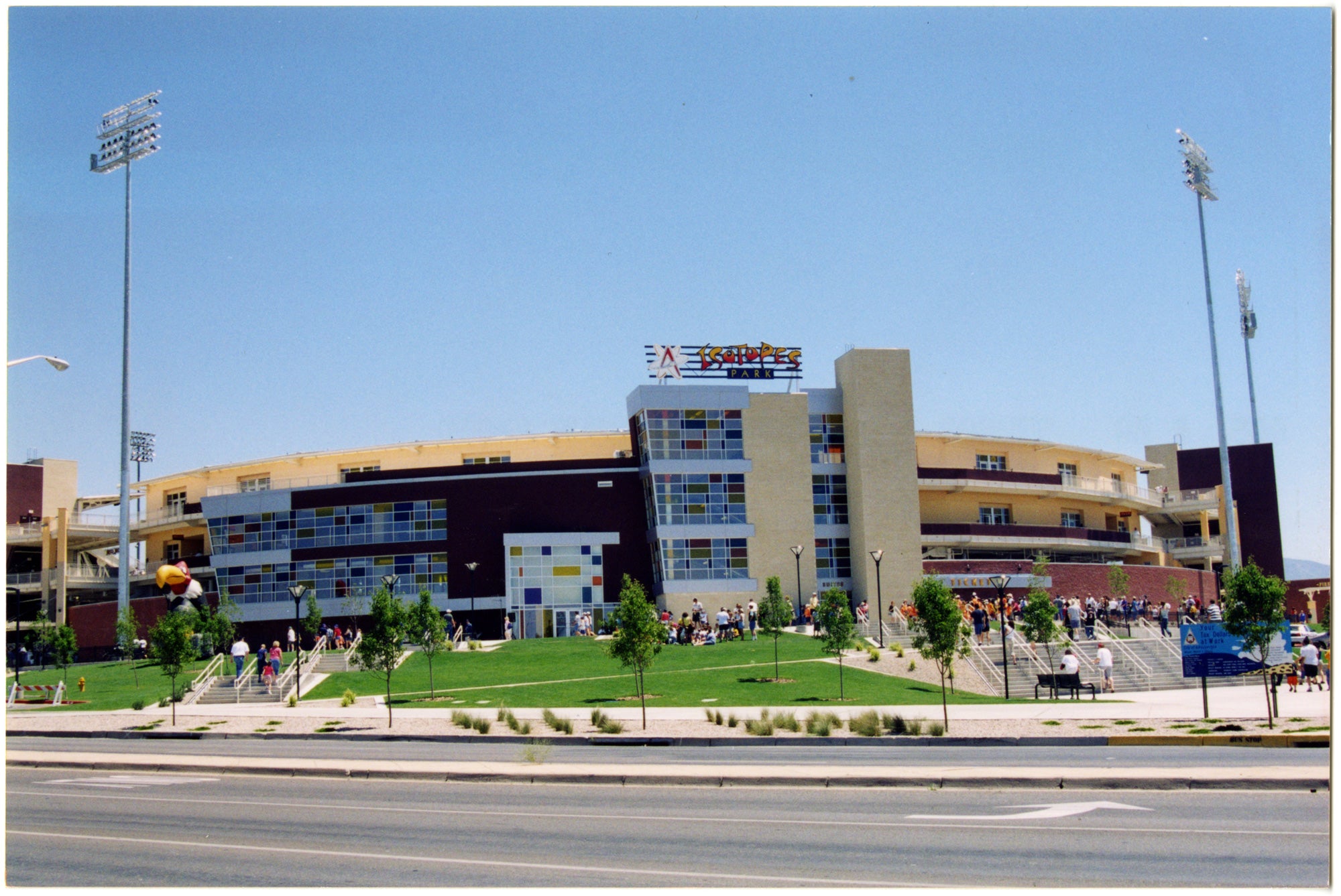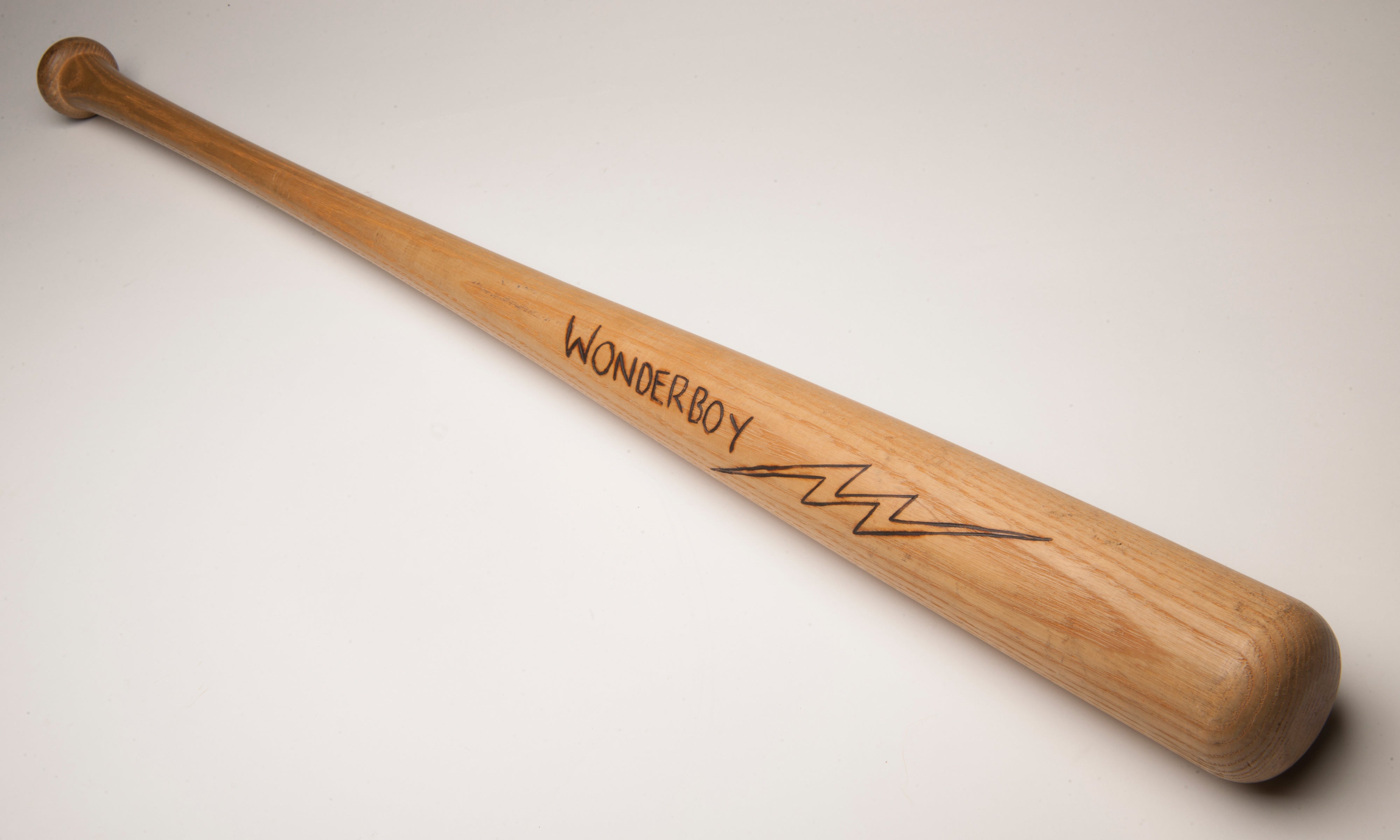#PopUps: Pokémon Go and the National Pastime
The concept of most Pokémon games is the same: Capture Pokémon, train them to become stronger, battle other trainers, earn badges or pins, become a master. The main difference with the Pokémon Go is that Pokémon are in the world around the players and can only be seen or caught if the user is actively using their phone. This may explain the increased number of people wandering around your town staring at their phones.
Pokémon Go has hit Major League Baseball. Mike Trout bounded into the clubhouse today asking, "Are there any Pokémon in here?"
— Pedro Moura (@pedromoura) July 15, 2016
Also, a player can get supplies at Pokéstops and earn experience as well as bragging rights by being a gym leader. Most Pokéstops and gyms are located at civic or cultural institutions. For example, in Cooperstown, N.Y., there is a Pokémon gym at the National Baseball Hall of Fame and Pokestops at the Veterans of Foreign Wars, Farmers’ Museum, the James Fenimore Cooper statue, and the Hall of Fame’s Satchel Paige statue, as well as numerous other locations about town.
The game also rewards players for walking distances. If players walk 2 kilometers, 5K, or 10K they can hatch eggs and get more Pokémon. In essence, the game encourages players to A) visit cultural and civic institutions B) exercise. This seems like a pretty good incentive for a video game.
However, the one down fall of the game is that sometimes Pokémon are located in a spot that the general public has no access to. This is where the Major and Minor League Baseball Public Relations teams have been having a field day.
Hit Bull. Win Pokémon. pic.twitter.com/keh8rrQy7l
— Joe Ovies (@joeovies) July 12, 2016
The Durham Bulls opened their gates early to fans July 12 and allowed them on the field and around the stadium to catch Pokémon that would otherwise be inaccessible to fans. While the Bulls were on a road trip, this seemed to work well for both the grounds crew and to allow fans access to get the Pokémon they otherwise wouldn’t have a chance to. Plus it seems to have been a successful event for building comradery within the community of Pokémon players, possible brought some new fans to the Bulls, and also raised money for charity.
DBAP so lit rn. #Pokebulls #PokémonGO pic.twitter.com/Uqja2ZEcV8
— Durham Bulls (@DurhamBulls) July 12, 2016
While the Bulls may be one of the more publicized Pokémon based events, plenty of other teams have either already held or have planned Pokémon based events. The Hagerstown Suns, Columbus Clippers, Lake Wood Blue Claws, and several other teams have promoted their Pokémon based nights on social media.
The ability of MiLB teams to adapt to popular trends and latch onto potential new markets is quite endearing. This is one of the many reasons I love to go to several Minor League Baseball games a year. However, it isn’t only the MiLB that has hopped on the Poké craze.
Even during the All-Star Break, the benches are never empty with #Pokémon around. pic.twitter.com/Wc078KPnKb
— Tampa Bay Rays (@RaysBaseball) July 12, 2016
The Nationals, Twins, Rays, and several other teams have all gotten on board of promoting what Pokémon are in their ballparks. While we are yet to hear of an MLB team offering Pokémon promotions, it does seem plausible given the success of these promotions in the minors and the heavy use of the game in MLB social media.
CF Gates open at 4:30 on Friday ... https://t.co/9Gd1NN0l9C pic.twitter.com/z5RXZoS4QE
— Washington Nationals (@Nationals) July 11, 2016
However, before Pokémon found themselves in ballparks around the globe, baseball was found in the Pokémon universe. Most famously, Pokémon trainer Casey (who premiered in Double Trouble Header [10/21/00]). The baseball themed name of both the episode and the character (i.e Casey at the Bat) is not a coincidence. Casey wears a baseball cap of her favorite team: the Electabuzz. As the Electabuzz are a yellow and black striped Pokémon, Casey prefers Pokémon with a similar pattern to show her allegiance to the team.
Nate Tweedie was the manager of onsite learning at the National Baseball Hall of Fame and Museum
